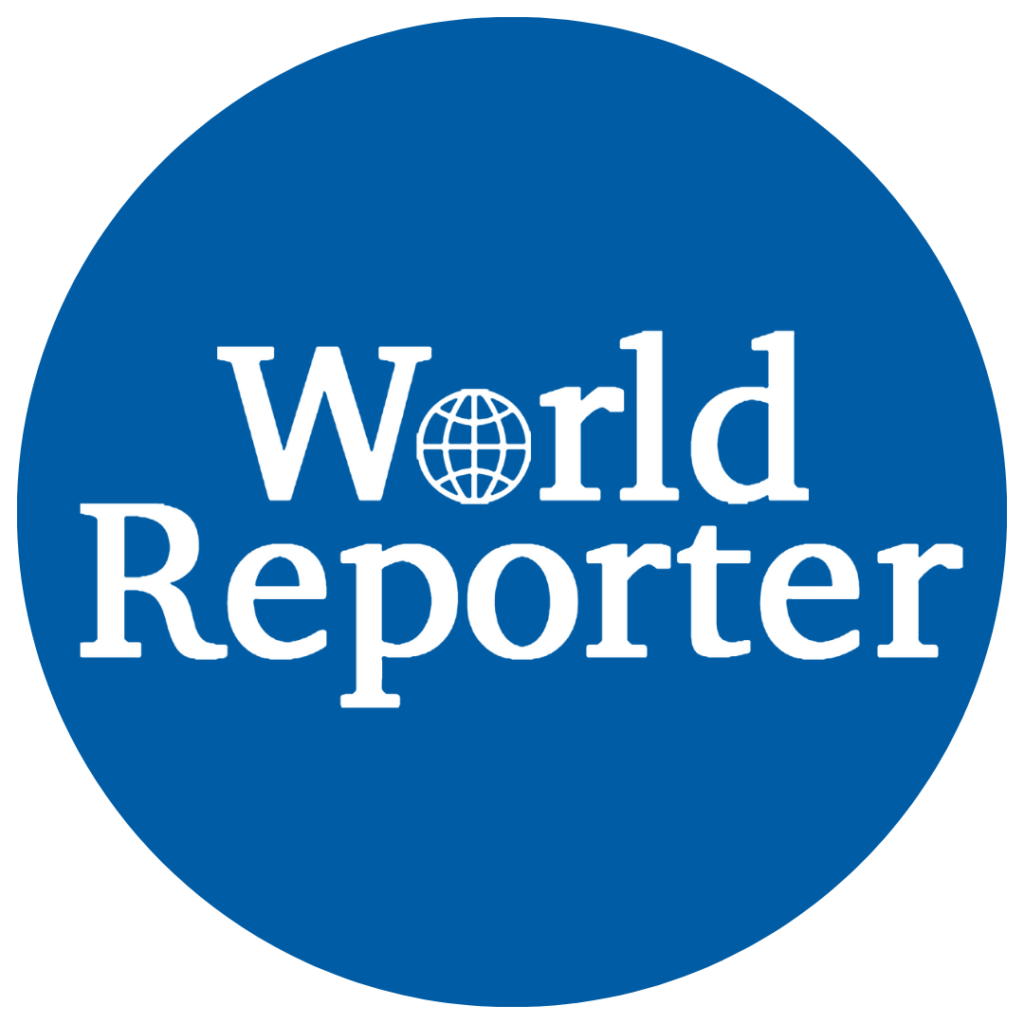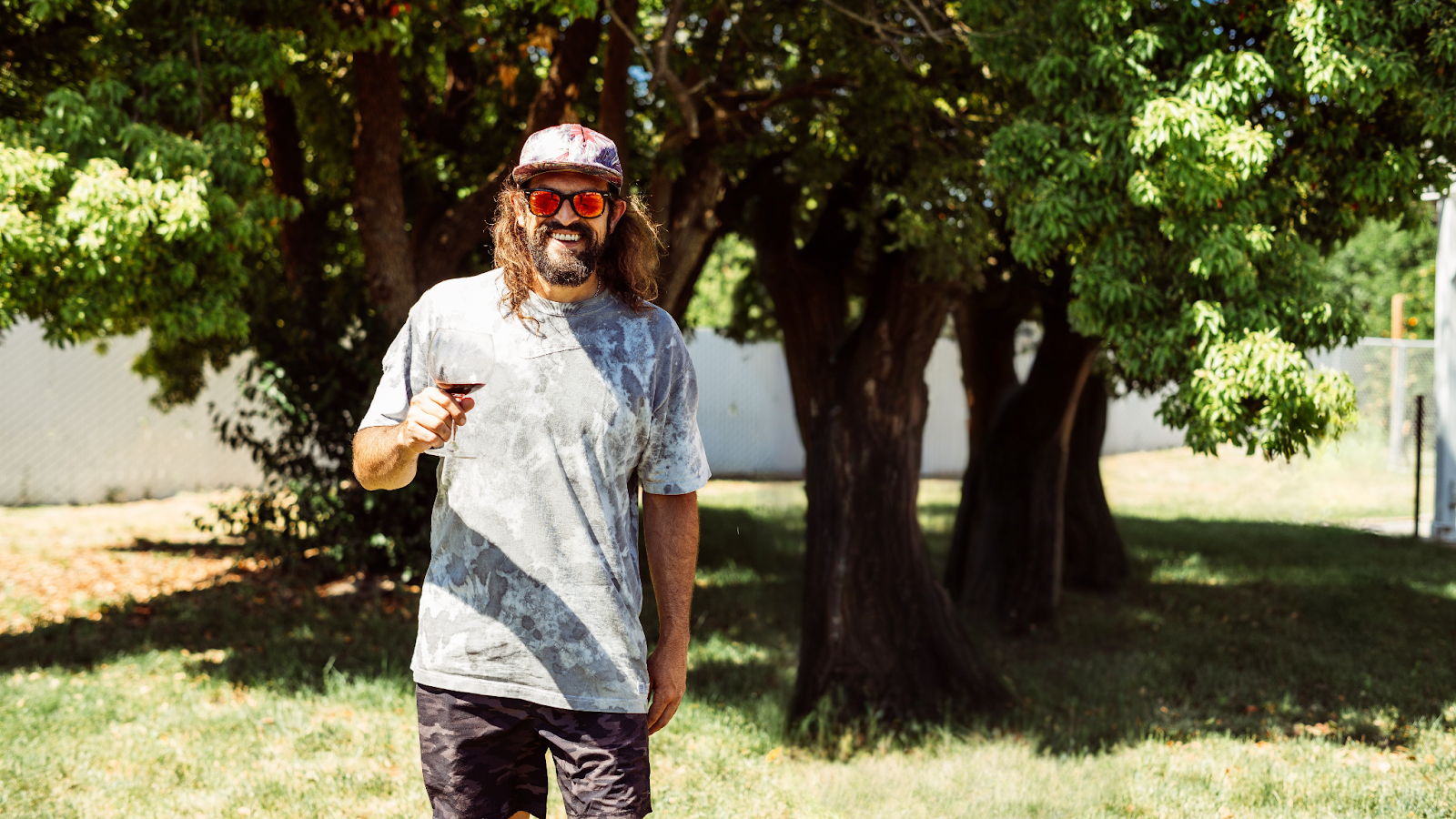Fashion is one of the most influential industries in the world, and every year, two cities stand at the heart of global fashion: New York and Paris. These cities, often referred to as the fashion capitals of the world, are home to two of the most iconic and highly anticipated fashion weeks—New York Fashion Week (NYFW) and Paris Fashion Week (PFW). Each event draws top designers, celebrities, influencers, and fashion enthusiasts from around the world, making it a battle of the styles, with each city offering a unique atmosphere, approach, and philosophy to fashion. This article compares these two legendary fashion weeks, exploring their history, influence, and the distinctive characteristics that set them apart.
Read Also: Filipino Talent Shines at Paris Fashion Week 2024 with Alegre de Pilipinas and Jewels Empire
The History and Evolution of NYFW and PFW
Both New York Fashion Week and Paris Fashion Week have rich histories, evolving over time to become the global showcases for fashion trends. The origins of these events provide insight into why they’ve become such central figures in the world of fashion.
New York Fashion Week (NYFW)
Founded in 1943 by fashion publicist Eleanor Lambert, New York Fashion Week was initially known as Press Week. The event was created to promote American designers at a time when European fashion had been disrupted by World War II. The first Press Week was a hit, attracting key editors, photographers, and buyers from major fashion publications such as Vogue and Harper’s Bazaar, and it quickly became an annual tradition.
Over the decades, NYFW grew in prominence and began to feature a diverse array of designers. By the 1990s and 2000s, it had evolved into a key international event that attracts major brands such as Tommy Hilfiger, Marc Jacobs, Ralph Lauren, and Michael Kors, among others. Today, NYFW serves as the launching pad for new trends, emerging designers, and innovative styles in the fashion world, especially in ready-to-wear fashion.
Paris Fashion Week (PFW)
Paris Fashion Week, on the other hand, has roots going back to the late 19th century. It is often considered the birthplace of haute couture and remains synonymous with luxury fashion. Charles Frederick Worth, an English designer, established the first haute couture house in Paris in the 1850s, marking the beginning of the city’s status as the global fashion capital.
The official Paris Fashion Week schedule was formalized much later in the 1970s, when the Fédération Française de la Couture, du Prêt-à-Porter des Couturiers et des Créateurs de Mode (French Federation of Fashion) took over the event and organized it annually. Today, Paris Fashion Week is renowned for its high fashion shows and continues to be the global hub for couture, where luxury brands like Chanel, Dior, and Louis Vuitton present their most exclusive collections.
Key Differences Between NYFW and PFW
While both fashion weeks share the common goal of showcasing the best of global fashion, there are several key differences in their approach, atmosphere, and the kinds of designers and collections they feature.
The Fashion Focus: Ready-to-Wear vs. Haute Couture
One of the most significant differences between NYFW and PFW is the type of fashion they emphasize:
NYFW is known for its ready-to-wear collections, designed for everyday wear and mass-market appeal. The event places a strong emphasis on commercial viability, with designers showcasing clothing that is intended to be purchased and worn by the general public. NYFW is home to accessible, street-inspired trends and a wide variety of practical fashion options that reflect the diversity of American culture.
PFW, by contrast, is often seen as the home of haute couture, or high fashion. While it certainly features ready-to-wear collections, the event is especially known for the luxurious and exclusive couture collections. The designs presented at Paris Fashion Week are often artistic, extravagant, and highly crafted, showcasing the most intricate tailoring and luxury textiles. Many of the garments are meant to be worn by the ultra-wealthy or celebrities, rather than the general public.
The Atmosphere and Energy
The energy at NYFW is often fast-paced, dynamic, and high-energy. This is partly due to New York’s reputation as the epicenter of modernity, where streetwear, diverse cultures, and up-and-coming talent are showcased in an environment that’s vibrant and constantly evolving. NYFW’s location in downtown Manhattan, coupled with the eclectic nature of the city itself, creates an atmosphere of creativity and excitement. The audience here is typically made up of buyers, fashion influencers, and media professionals, all eager to see what’s next in fashion.
In comparison, Paris Fashion Week exudes a sense of elegance and luxury. The atmosphere is more refined and exclusive, with many shows taking place in historic venues, such as the Grand Palais or the Louvre Museum. While Paris is home to the cutting-edge of contemporary fashion, it remains deeply rooted in the traditions of craftsmanship, couture, and high society. The audience at PFW is typically composed of luxury buyers, celebrities, and fashion’s elite, looking for the next show-stopping piece for red-carpet events or their personal collections.
Inclusivity and Diversity
In recent years, NYFW has been more closely associated with a greater emphasis on diversity and inclusivity in terms of both the models who walk the runway and the designers who are showcased. NYFW has embraced a variety of body types, ethnicities, and gender identities, and continues to serve as a platform for emerging designers from diverse backgrounds. The event places a premium on innovation and street-inspired fashion, reflecting the spirit of inclusivity and self-expression that defines New York City.
Paris Fashion Week, while gradually becoming more inclusive in recent years, has traditionally been associated with the elite and exclusive nature of haute couture. Though designers in Paris are beginning to embrace diversity on the runway, the event is still largely seen as exclusive and often reflective of traditional standards of beauty and luxury. Despite this, international designers from all over the world now participate in PFW, giving the event a more global feel.
Global Influence: How NYFW and PFW Shape Fashion Trends
Both NYFW and PFW play pivotal roles in shaping global fashion trends. However, their influence is different:
NYFW tends to set the tone for practical trends that resonate with a wide audience. It often serves as a precursor to the upcoming season’s mainstream fashion, blending streetwear and high fashion to create trends that are ready for mass consumption.
PFW, on the other hand, is known for influencing luxury fashion and high society trends, with designers showcasing collections that filter down to the high-end retail market and often serve as inspiration for couture collections worldwide.
Both fashion weeks have a global influence on the fashion industry, with buyers, designers, and influencers from all corners of the world tuning in to the trends that emerge from both cities.
While both New York Fashion Week and Paris Fashion Week have their own unique charm and appeal, they share one thing in common: they are both integral parts of the global fashion ecosystem. NYFW represents a blend of innovation and practicality, while PFW stands as a symbol of luxury and couture. As the world becomes increasingly interconnected, these fashion weeks will continue to evolve, influencing each other and adapting to the demands of a globalized audience.
Read Also: Beyond the Lens: Danny Lairon’s Commitment to Upcycling and Diversity in Fashion
Both cities will remain pivotal to the future of fashion, but the dialogue between these two capitals of style will only continue to grow as new technologies, cultural shifts, and sustainability concerns shape the fashion world in the years to come.








